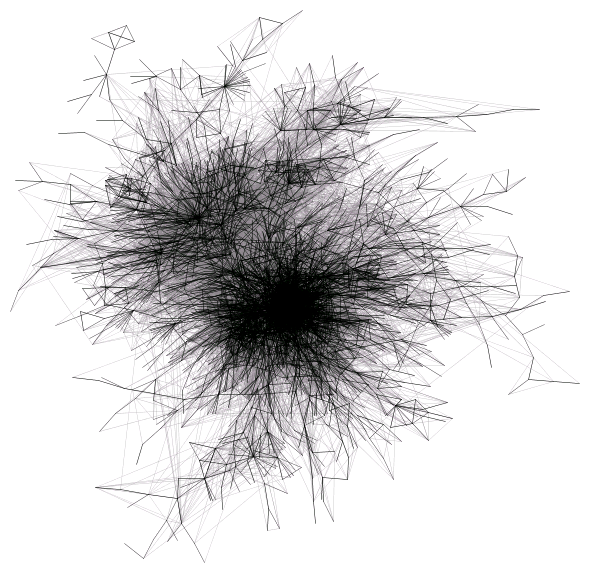I just came across this Urban Dictionary where people provide definitions for new urban words and then vote the definitions up or down (with commentary). The social site allows people to upload images that capture the word; for example, the first definition of “scene” has 332 images. These are not images of the word but images evocative of the word. What is interesting is that further down on each page is an embedded visual Google ad (as in a small image rather than text ad.) The ad is pulled based on the word so you get a different type of image of the word. For “scene” there was this linked animated GIF for a dating service where you can “Find out who is waiting for you at the Goth Scene”:

Of course the book is being mined by the editor for a Urban Dictionary book compiled by Aaron Peckham. When you read the Terms of Service you will find the following:
When you post Content on the Website, you agree to grant the Company an irrevocable, perpetual, worldwide, royalty-free, fully sublicenseable, non-exclusive license to copy, distribute, sell, publicly display, publicly perform and make derivative works of your Content on the Website, on services affiliated with the Website and elsewhere (including but not limited to print, video, audio or computer media), regardless of the form of media used or of whether such media or services now exist or are developed in the future. By posting Content to the Website, you hereby represent and warrant that you have the right to post that Content and to grant the foregoing rights to the Company.


